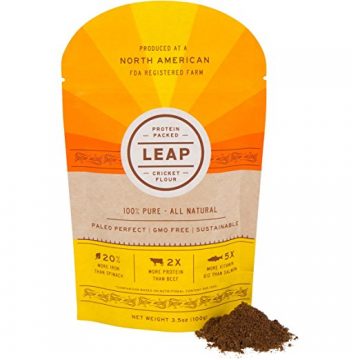Protein supplements are some of the most advertised supplements in the performance nutrition industry today. Whether you may be into bodybuilding, sports fitness, or functional training, protein powders are essential to complement any athlete’s training program.
Protein plays an important role in our body because it provides our body with amino acids. These amino acids are necessary to repair and grow muscle mass which enable us to meet the demands of our physical activities. Without adequate levels of amino acids, our muscles would have difficulty performing and adjusting to exercise.
Other than for building muscle, protein also plays other parts in our body’s immune system, cellular generation, and hormonal functions. Because of this, it is essential that you met your recommended daily protein intake.
Just how much protein should you eat each day?

The RDA or recommended dietary allowance for protein is 0.8 grams for every kg of body weight (or .36 per pound of body weight). That’s the absolute minimum and that figure is only for those who do not engage in rigorous physical activity (sedentary).
However, if you work out or participate in sports such as martial arts and parkour, you’re going to need way more. It’s terribly inconvenient, not to mention expensive to carry slabs of beef around so you can have a protein snack, hence the popularity of protein supplements.
5 Protein Powders and Their Pros & Cons
Here are five protein supplements that anyone can use for their health and fitness goals:
1Whey


Making cheese involves clotting the fatty parts found in milk and separating this from the liquid that’s left. This liquid by-product is called whey and scientists have discovered that it is one of the richest sources of high quality protein – both whey protein and casein protein.
Whey protein is rich in branched-chain amino acids (BCAAs), like Leucine and Cystein, that promotes your body’s ability to build muscle after hard workouts.
Because of how fast it can be absorbed by the body, whey is the best option if you need a quick protein source. It’s best to have some upon waking in the morning to prevent muscle breakdown and after a workout to promote muscle protein synthesis.
Moreover, because of the amino acid Leucine, whey protein increases the levels of IGF-1 in your body. IGF-1 is a growth hormone which helps your body prevent injuries by promoting bone and joint tissue regeneration, and by alleviating inflammation.
Aside from this, studies have shown that whey protein could also possibly benefit those with high blood pressure, Type-2 Diabetes, and inflammatory bowel disease. However, further research and study are still required to fully establish and quantify the benefits of whey protein in regard to disease treatment.
This is highly recommended and if you do decide to try it, you should opt for the grass- fed variety because milk sourced from organically pasture raised cows have higher CLA and omega-3 fatty acid content.
2Casein

Although it is also derived from milk, casein protein takes a longer time for your body to digest and to absorb. In fact, a study has shown that the blood’s amino acid content stays consistent for seven hours after taking it.
Because of this, casein is the best protein source to give your muscle a constant stream of amino acids to prevent muscle protein breakdown during sleep or throughout the day.
Other than muscle breakdown prevention, increased intake of casein has been found to increase metabolism rate and level of satiety. If you’re looking to lose weight, casein is one of the better options because it allows you to manage your appetite easier.
Studies have also shown that casein can improve the immune system, alleviate high blood pressure, reduce triglyceride levels, and fight free radicals.
3Collagen
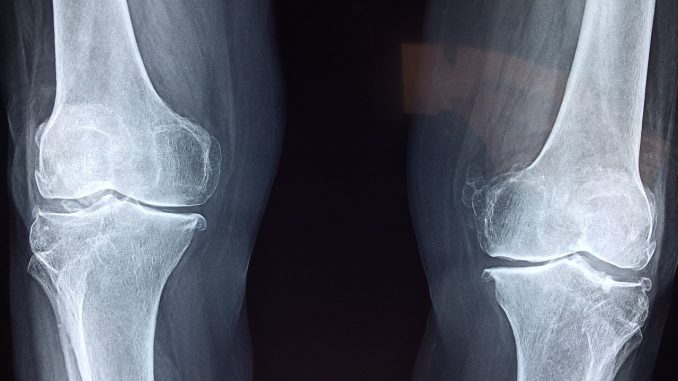
Collagen is the most abundant protein found in our body. It provides structure and elasticity to tissues like muscles. This also serve as the main component of connective tissue that hold different organs and and joints together.
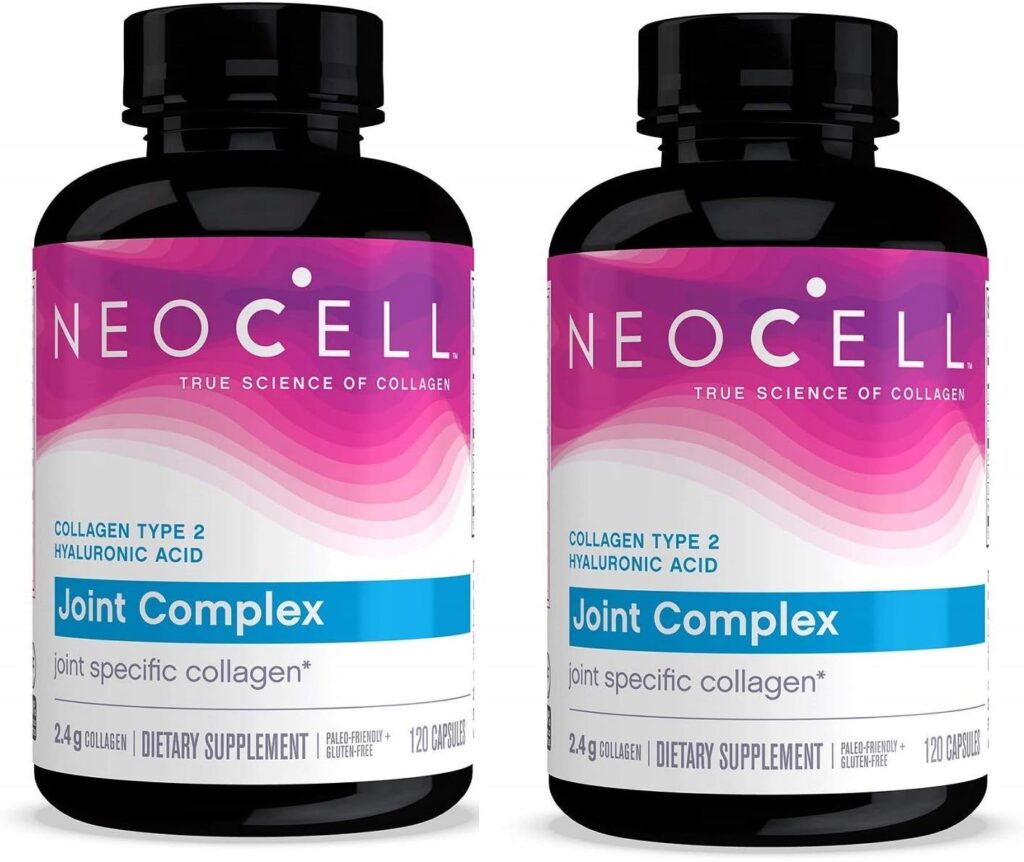
Unfortunately, as we age, our body’s collagen production drops. This resulting decrease in the levels of collagen in the body manifests in the form of higher incidence of osteoarthritis, joint pain, and muscle weakness.
For this reason, it is important to supplement with collagen especially if you’re an older adult. But even if you’re in your early twenties and have an active lifestyle, your body still needs a healthy amount of collagen to keep its muscles, joints, and connective tissues functioning well.
4Insect Protein
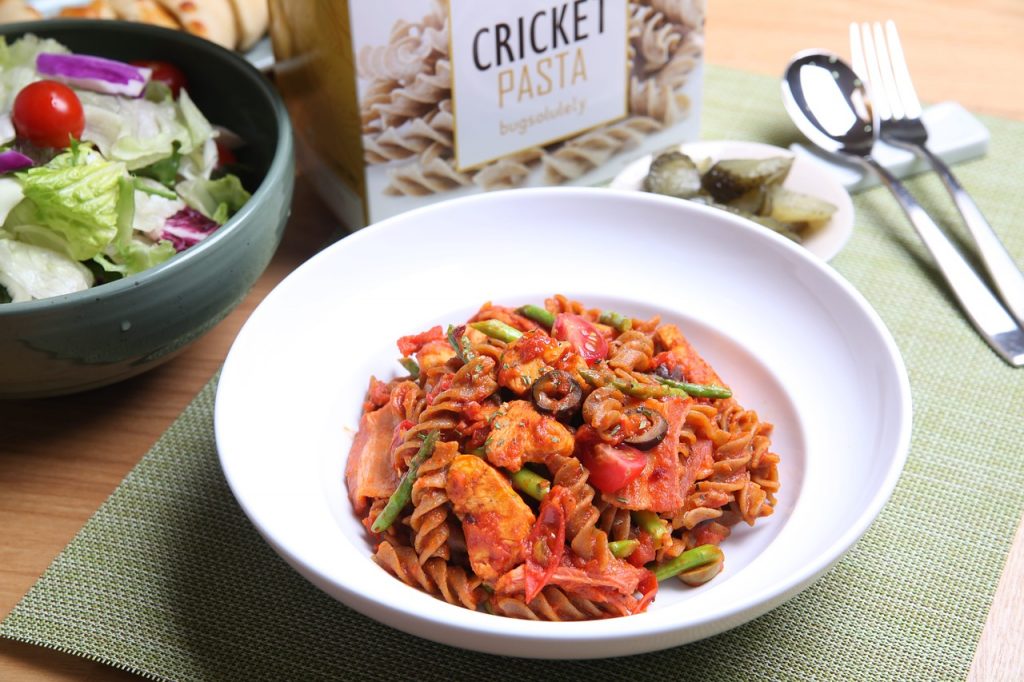

Sustainably raising animals for food can be an expensive endeavor due to the high requirements on land, feed, and labor. Because of this, some people have started looking for other viable sources of protein and, one of which are, insects.
Although the notion of consuming insects is not exactly pleasant, you’d be surprised that they are found to be high in lean protein. A gram of adult crickets contains comparable levels of protein and fat to a gram of beef, but with higher amounts of thiamin and riboflavin (B vitamins) and lower caloric content.
Add to this the fact that insects raised for food do not contain the growth hormones and antibiotics that most common livestock has today.
Currently, insect protein can usually be found in the form of cricket flour and cricket protein bars. These products promote the absence of soy, dairy, grain, and gluten with healthier protein content as their primary selling points.
5Vegan Protein

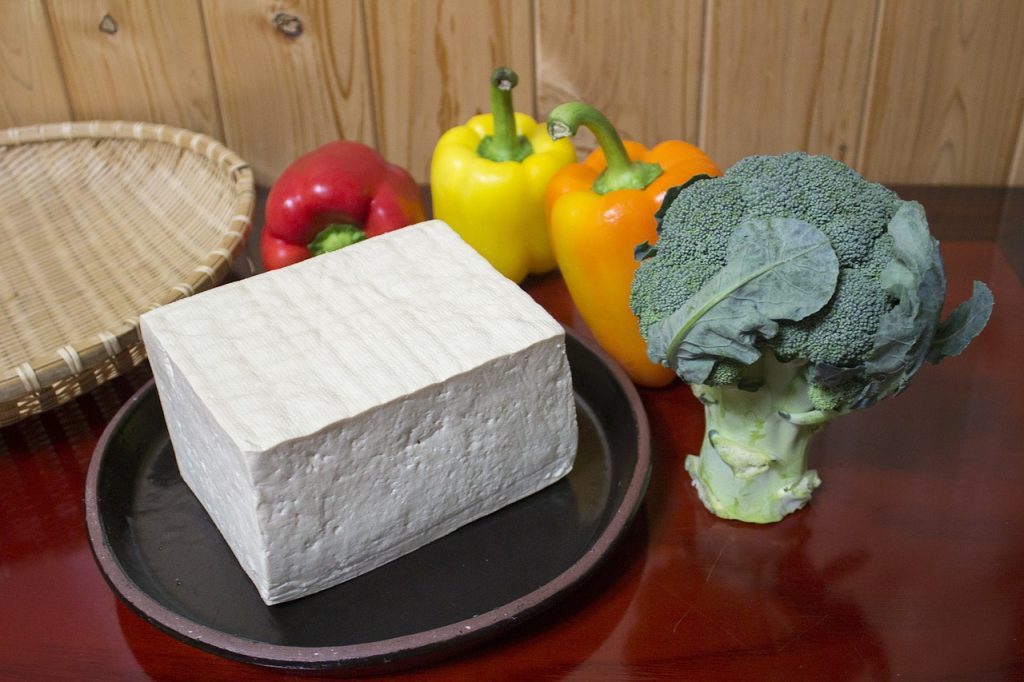
Due to moral or religious reasons, some individuals choose to abstain from meat and dairy products. Because of this, they may opt for plant-based products rich in protein such as seitan, tofu, lentils, chickpeas, nutritional yeast, and quinoa.
The drawback of for example vegan soy protein (powder) is that it contains lots of phytoestrogens.
Frequent consumption can cause excessive amounts of the hormone estrogen in your body, which is especially harmful for men but could result in negative health issues for both men and women. Some of these include fat gain, water retention, sexual dysfunction and bloating.
Conclusion
If you’re looking to ensure that you are getting the right amounts of protein for your fitness goals, you must first know the various options available for you. There are numerous products available in the market that can provide the protein your body needs. Just keep in mind that these products are not always equal to one another.
For example, whey and casein from grass-fed sources are the better choices as these have not been fed with antibiotics and are also higher in nutrients than regular whey or casein.
Also, one must remember that protein powders are merely supplements and are not meant to be your only source of protein. If you’re feeling adventurous, try insect protein, which is probably the future of protein supplements.



